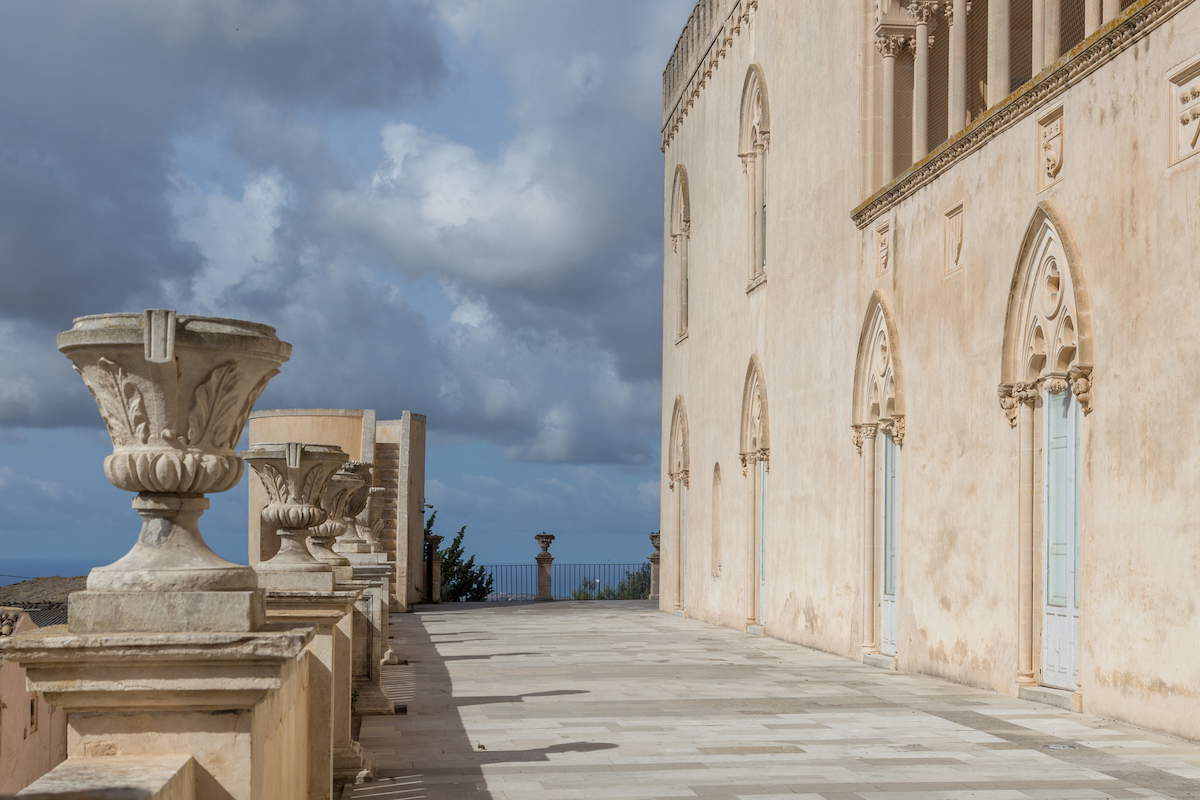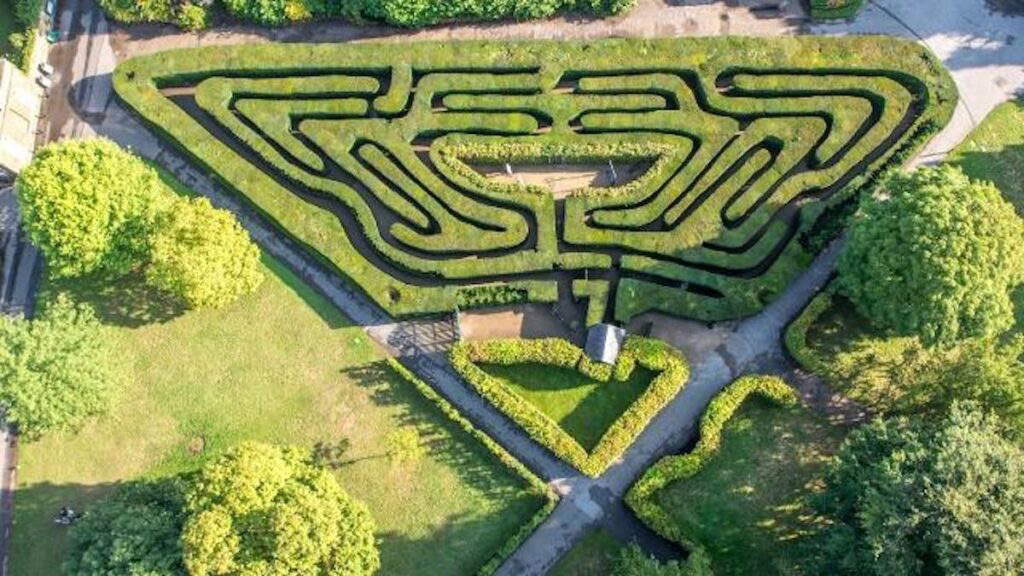Bianca of Navarre, daughter of the King of Navarre Charles III and Eleanor of Castile, is still today a figure shrouded in the strangest legends handed down through the centuries mainly because her life remained in the shadows until 1401, the year in which Queen Mary of Sicily met her death. During that dark period, several proposals were made to offer a new consort to the island’s young ruler, and among the alternatives, the father of the young King Martin seemed to favor precisely the princess of Navarre. The choice was based not only on her beauty, but also on her wisdom and virtue, which characterized her as a woman “molt bella et molt savia e endreçata et dotata de totes virtuts.” Thus, in a context in which various dynasties were proposing unions, the figure of Bianca of Navarre emerged as the best choice for young Martin, a choice precisely guided not only by political expediency, but above all by that recognition of the young woman’s intrinsic qualities. From this moment on, the historical figure of Bianca began to amalgamate with oral tradition, which, as often happens, introduced legendary elements that weave around the evocative setting of Donnafugata Castle.
The story goes that after the death of King Martin of Sicily in 1409, the Kingdom of Sicily was entrusted to Queen Bianca of Navarre, who became the object of the attentions of the Count of Modica, Bernardo Cabrera. According to legend, the count tried to force Queen Bianca to marry him by imprisoning her in the square tower, but the determined widow managed to undertake an adventurous escape from castle to castle throughout Sicily, and from this silent escape the place-name “Donnafugata” was born. As much as legends often return a more sweetened, magical and sometimes dreamy view of the world than reality, in this specific case it would seem that such a designation can be more closely linked to the Arabic "Ayn As Jafaiat," meaning "Fountain of Health," a designation attributed to a spring in the vicinity of the castle.
The Castle of Donnafugata stands, today, as one of the most celebrated places in Sicily, shrouded in a rarefied and timeless atmosphere, whose air remains impregnated with agricultural odors and whose white stone, characteristic of these places, glows in the rain and even more so when touched by the fierce sun.
Located about 20 kilometers from the city of Ragusa, the castle presents itself as a sumptuous noble residence of the late 19th century although its first construction seems attributable to the Chiaramonte family, counts of Modica, in the 14th century, while some scholars speculate that it was erected over the ancient structure of a 13th-century tower.

 The Castle of
The Castle of The Castle of
The Castle of
It was the nineteenth century that saw its greatest expansion thanks to Vincenzo Arezzo’s descendant, Baron Corrado Arezzo, an eclectic man of learning and politics who added a refined loggia with trefoil arches to the main façade in the neo-Gothic style. The baron, also known for his extremely playful temperament, also enriched the castle with gardens of ficus trees, cypresses, a monk’s automaton and a solutionless labyrinth, creating fascinating diversions for his guests and creating a place of suspended eternity. Even today it is the castle labyrinth that is the strangest place since the ones we are most frequently accustomed to are normally made of boxwood: an evergreen plant that is extremely easy to shape and care for. This special maze, however, is made of low walls and has a trapezoidal shape that was probably inspired by the atypical maze at Hampton Court, near London.
Created in 1690 by George London and Henry Wise for William III of Orange, the English labyrinth was a place frequented by members of the royal family in search of a bit of privacy, and so appears to be its Sicilian counterpart. The current configuration of the labyrinth in Ragusa deviates slightly from its original form: the walls were initially lined with rose hedges, which not only concealed the view into the path and prevented any attempt at climbing or fraud, but also added a touch of sweetened beauty.Unfortunately, however, over time these hedges became victims of neglect and abandonment, and at the time of the acquisition of the property by the City of Ragusa and the subsequent start of restoration work, the decision was matured to keep the paths free of vegetation.

 The labyrinth of
The labyrinth of
 The labyrinth
The labyrinthUndoubtedly, the labyrinth of Donnafugata Castle was designed for the amusement of the baron and his illustrious guests, yet exploring it seems to reproduce the metaphor of life itself: its deceptive paths seem to offer the visitor valuable lessons on how to overcome those dark and troublesome dead ends of existence and, above all, how one should never feel hopelessly lost in the maze of daily challenges.
It is a journey, this one, that should be undertaken in that loneliness that Emily Dickinson in her poem Would I Be Lonelier Perhaps described as a presence, a dear host that alleviates the sense of loneliness itself. Despite the presence of loneliness that is taken to the extreme by the steps that follow one after another in the labyrinth of Donnafugata, the current hyper-technological context has increased not so much the loneliness itself, but rather the isolation and atomization of people. And such isolation could lead to an emotional desert, but unlike isolation, loneliness is nothing but a positive peculiarity since only through it can human beings truly know themselves and dig into the intricate maze of roads, sometimes deserted other times lush, of their being.
 |
| The Labyrinth of Donnafugata, a maze among the legends of Sicily |
Warning: the translation into English of the original Italian article was created using automatic tools. We undertake to review all articles, but we do not guarantee the total absence of inaccuracies in the translation due to the program. You can find the original by clicking on the ITA button. If you find any mistake,please contact us.